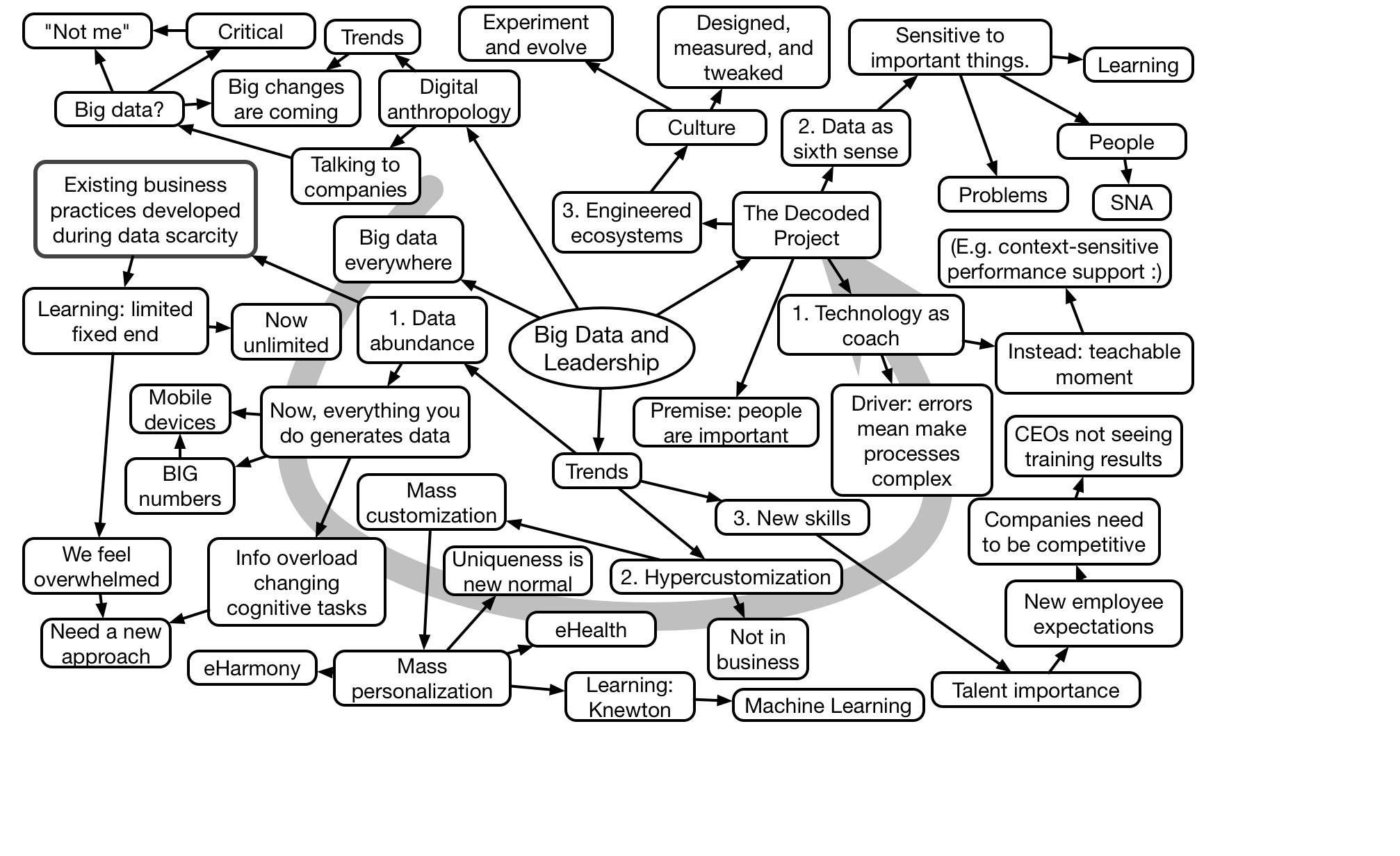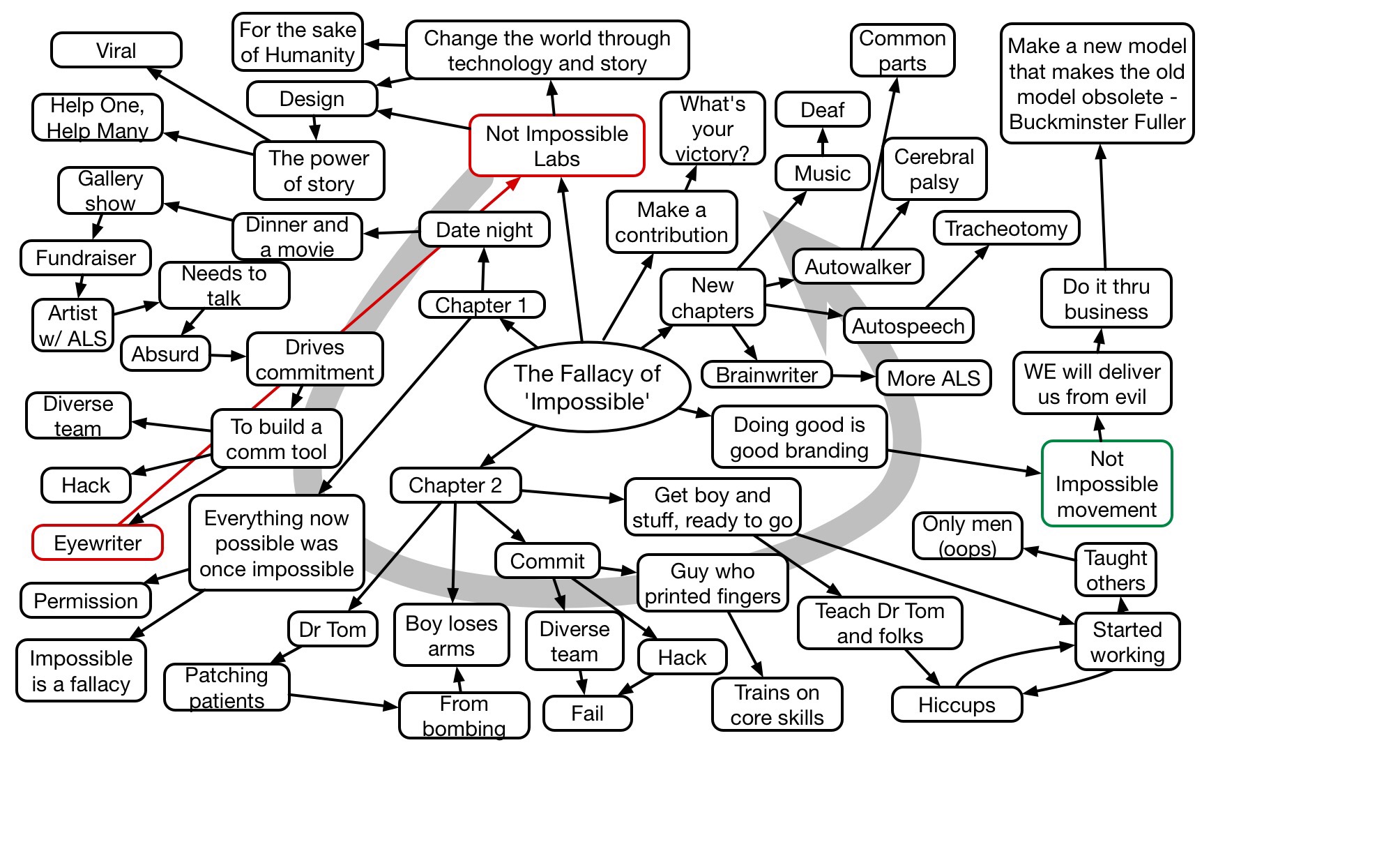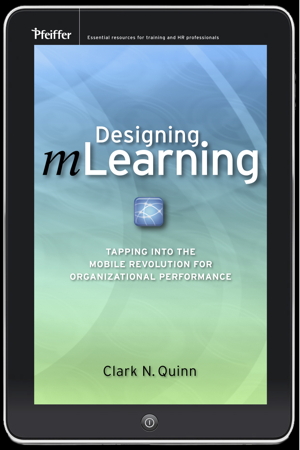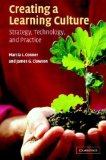I was in a conversation with my colleague Charles Jennings about organizational innovation, and one of the topics that arose was that of barriers to successful organizational function. In particular, we were talking about how the division of responsibility between organizational development (OD), leadership development, and learning & development is a problem. And I think the problem is bigger. Separating out functions into silos makes sense in a deterministic world, but that doesn’t characterize our current environment.
Now, separation of functions can be useful. Certainly in software engineering, having application program interfaces (APIs) have led to the ability to connect powerful capabilities. A program can call a function and get data returned via an API, and the software doesn’t have to care how the function’s carried out.
In the org equivalent we could have a business unit request a course, for example, and L&D responds with said course. In fact, that’s not atypical. Yet it’s problematic in human terms. The business unit may not have done the due diligence, the performance analysis, that ensures a course is the right solution.
Ok, we could change it: the business unit could indicate the performance problem and L&D could respond. However, again there’s a problem. Without understanding how things are done, L&D’s solution won’t be contextually accurate. Any intervention won’t reflect how things are done unless interactions occur.
And that’s the point. Any meaningful work – problem-solving, trouble-shooting, improvement, innovation, research, design etc – any learning, is complex. And, done right, they inherently require engagement and interaction. Moreover, we also know that the best solutions come from creative friction, people interacting. Communication and collaboration is key!
Engagement between silos works best when you mix members from each. Or, to put it another way, breaking down the silos is the only way to get the best outputs for the important work, the work that will advance the organization whether removing errors, creating new products or processes, etc.
People are complex (the human brain is arguably the most complex thing in the known universe). Solutions that tap into that complexity, instead of trying to avoid it, are bound to yield the best insights. We’ve now got a lot of insight into processes that facilitate getting the best outcomes. It’s time to engage with it, to the benefit of the organization.





